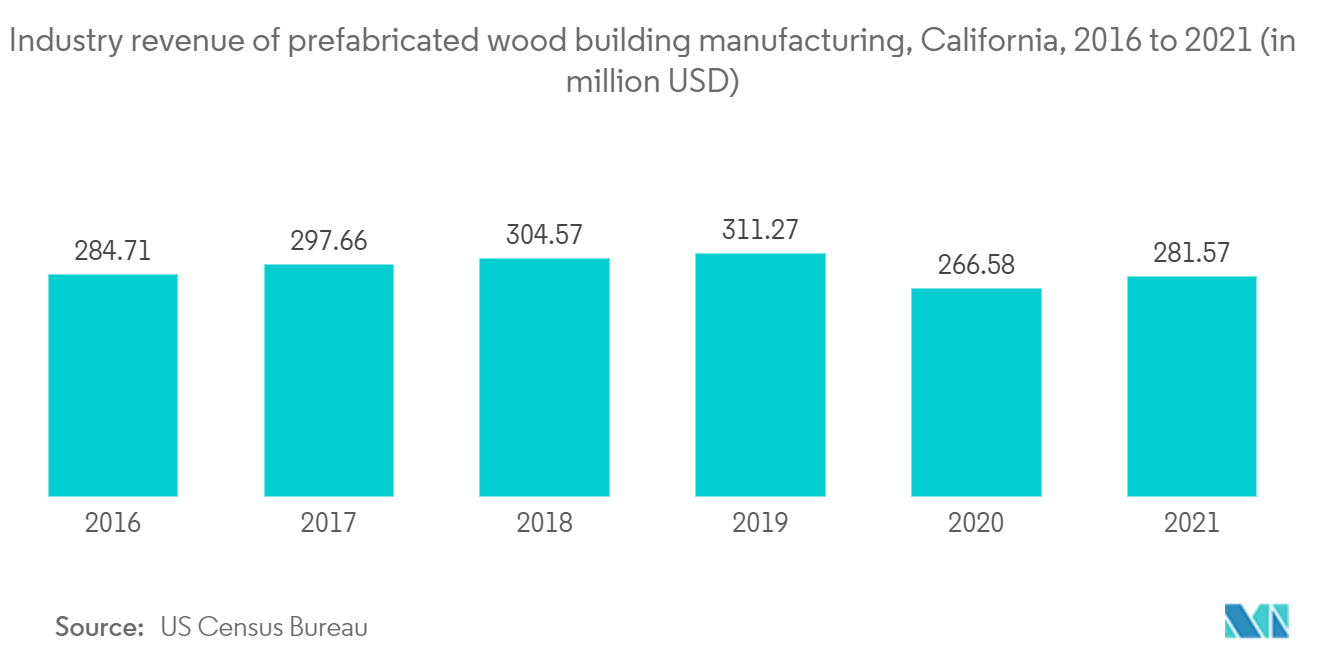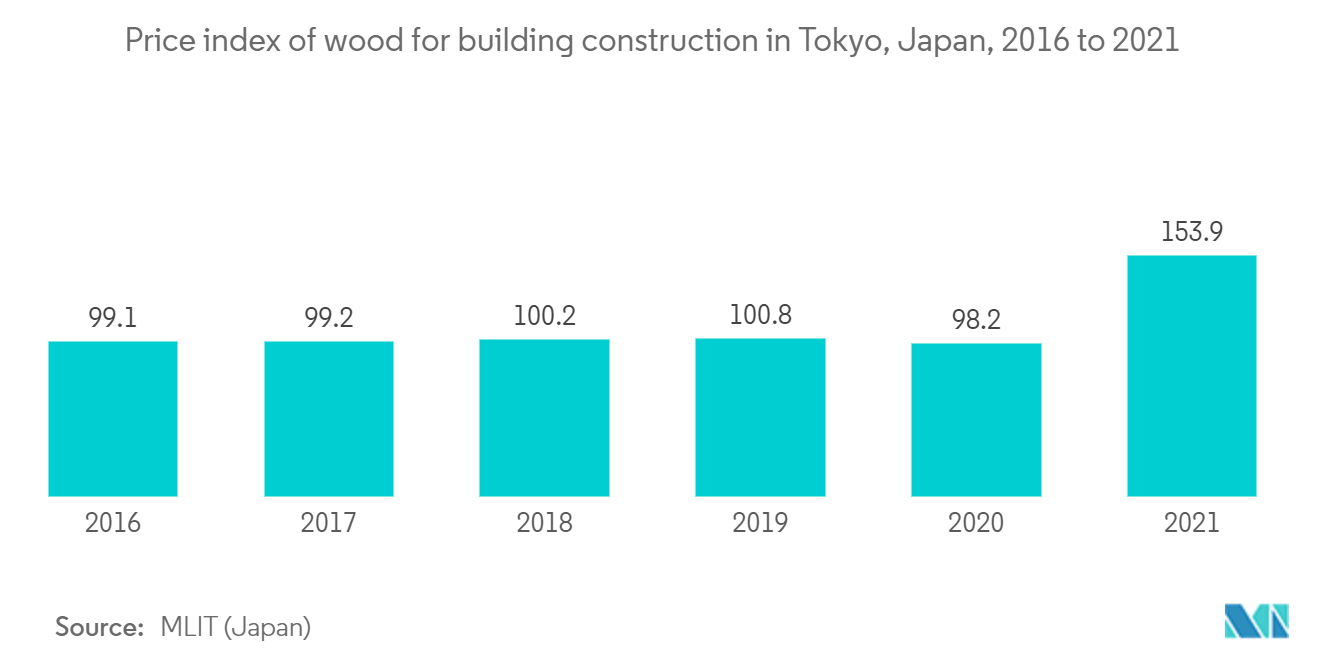Market Trends of Global Prefab Wood Building Industry
This section covers the major market trends shaping the Prefab Wood Building Market according to our research experts:
The Adoption of Environmentally Friendly Materials have a Favorable Impact on the Market
To lower the carbon footprint of buildings, architects are increasingly adopting wood as an alternative to concrete, steel, and glass. New wood technologies enable developers to construct structures taller than the usual single-family home using shorter, less costly pieces of lumber. Aside from the physical advantages of structural strength and flexibility, cost savings, and speed of building, wood offers emotional advantages that steel and glass do not: wood evokes warm sentiments of home, whereas steel and glass evoke a contemporary, colder mood. The potential for new wood technologies is practically limitless, and many companies are exploring novel wood uses on a regular basis.
Wood is often less expensive than steel or concrete, and it may be acquired locally, boosting local economic activity and job creation. The wood building is speedier, especially when prefabricated components are employed, and it saves money on construction costs. Construction speed and cost reductions are especially advantageous following natural catastrophes. Furthermore, the cost of wood has risen dramatically as more people around the country repair or build new houses in the aftermath of a pandemic-year building crisis, resulting in a timber scarcity that adds more than USD 35,000 to the cost of a new single-family home.

The APAC Prefabricated Wood Building Sector is predicted to expand rapidly
Rapid urbanization in developing countries such as China and India, various policy changes announced by the Indian government, strong industrialization, rising urbanization, a higher standard of living, increased FDI in construction, decreased construction waste, the establishment of SEZs, supportive government initiatives, rapidly rising demand from the residential sector in Japan, China, and India, and rising international investment in infrastructure development.
The Asia Pacific region's economic progress is being fueled by factors such as easy access to raw resources and labor, as well as innovative technology and inventions. As of 2021, China and Japan, the two economic powerhouses of the Asia Pacific region, are the world's second and third biggest economies.
Mitsubishi Estate Group has established a goal in the Mitsubishi Estate Group 2030 Goals for SDGs to promote sustainable timber usage under the core issue of the Environment and is encouraging the use of Japan-grown timber and certified timber. For many years, the Mitsubishi Estate Group has actively pushed the use of Japanese-grown lumber in construction projects, including the active use of small-diameter trees and forest thinning timber in 24 wooden-frame houses. In recent years, the Group has also focused on increasing the usage of cross laminated timber (CLT).


